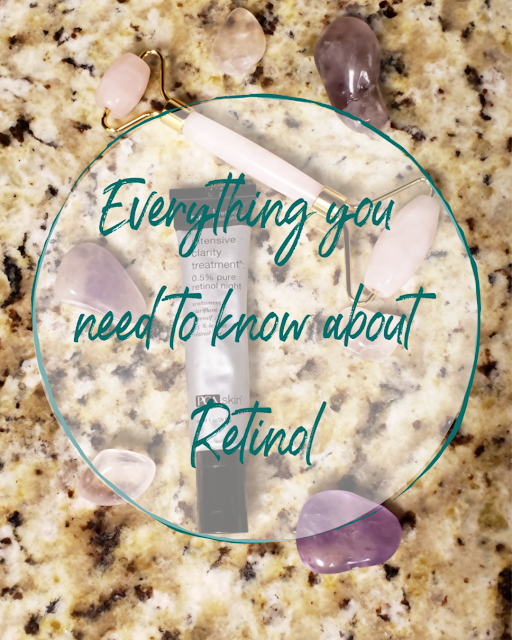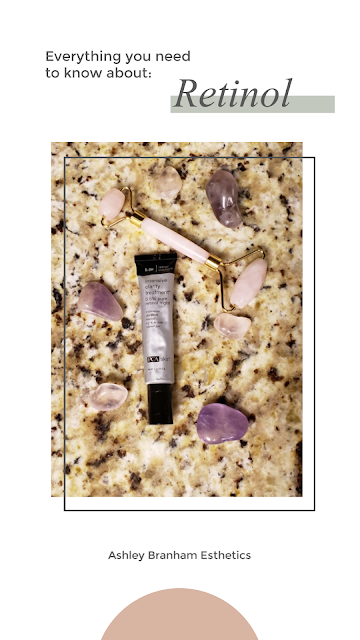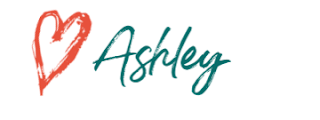Thursday, February 14, 2019
Friday, February 8, 2019
Sanitation In The Spa/Salon
Hey Beauties!
I wanted to talk about something that has been bothering me a lot lately, and that is proper sanitation in the spa/salon environment.
If I had a dollar for every time I was asked, "why are you wearing gloves," or, "why do you get a new stick every time," I'd have lots of dollars... This makes me wonder why do these people feel the need to ask me this? And I'm worried that it is because proper sanitation in the spa doesn't seem to be the norm any more, at least not the spas that are making "educational videos." There is even a well known esthetician, who owns a popular brand of wax, who rarely follows proper sanitation in her educational videos....
Now I'll admit, double dipping is "legal" in some states, but I am of the opinion, just because you can, doesn't mean you should... I'ts common sense to me to NOT double dip. Think about it. You are ripping the hairs out of your client's skin, which opens the follicle and causes a histamine reaction which can and does release bodily fluids to the surface of the skin. In addition, it is perfectly normal and common for some bleeding to occur. So now your client has bodily fluids (including blood) on the surface of their skin. Lets say HYPOTHETICALLY they have HIV and did not disclose that to you, it's their right not to say anything and illegal for you to ask. When you apply your next strip of wax to the skin, you are probably going to overlap a little bit and get some of their bodily fluids on your applicator, which you then put back in the pot of clean wax. Now that wax has HIV, which you will pass on to every client you wax out of that pot..
I am and always have been of the opinion that you NEVER know whether someone could be contagious or not. And though this may seem harsh, you should just assume that everyone is. In the states there are a set of guidelines called Universal Precautions. These are the rules that medical facilities have to follow to make sure that all patients and staff are protected from blood born pathogens. I choose to follow these guidelines myself. I NEVER wax without gloves, not even a quick brow or lip wax, I glove up for extractions and dispose of all lancets, bloody materials and dermaplane blades in a sharps container. I want to make sure that I'm doing everything I can to keep every single one of my clients and myself safe.
Does your esthetician wear gloves when they wax you? If not, I recommend finding someone new, and go ahead and tell them why you're breaking up with them...
I wanted to talk about something that has been bothering me a lot lately, and that is proper sanitation in the spa/salon environment.
If I had a dollar for every time I was asked, "why are you wearing gloves," or, "why do you get a new stick every time," I'd have lots of dollars... This makes me wonder why do these people feel the need to ask me this? And I'm worried that it is because proper sanitation in the spa doesn't seem to be the norm any more, at least not the spas that are making "educational videos." There is even a well known esthetician, who owns a popular brand of wax, who rarely follows proper sanitation in her educational videos....
Now I'll admit, double dipping is "legal" in some states, but I am of the opinion, just because you can, doesn't mean you should... I'ts common sense to me to NOT double dip. Think about it. You are ripping the hairs out of your client's skin, which opens the follicle and causes a histamine reaction which can and does release bodily fluids to the surface of the skin. In addition, it is perfectly normal and common for some bleeding to occur. So now your client has bodily fluids (including blood) on the surface of their skin. Lets say HYPOTHETICALLY they have HIV and did not disclose that to you, it's their right not to say anything and illegal for you to ask. When you apply your next strip of wax to the skin, you are probably going to overlap a little bit and get some of their bodily fluids on your applicator, which you then put back in the pot of clean wax. Now that wax has HIV, which you will pass on to every client you wax out of that pot..
I am and always have been of the opinion that you NEVER know whether someone could be contagious or not. And though this may seem harsh, you should just assume that everyone is. In the states there are a set of guidelines called Universal Precautions. These are the rules that medical facilities have to follow to make sure that all patients and staff are protected from blood born pathogens. I choose to follow these guidelines myself. I NEVER wax without gloves, not even a quick brow or lip wax, I glove up for extractions and dispose of all lancets, bloody materials and dermaplane blades in a sharps container. I want to make sure that I'm doing everything I can to keep every single one of my clients and myself safe.
Does your esthetician wear gloves when they wax you? If not, I recommend finding someone new, and go ahead and tell them why you're breaking up with them...
Subscribe to:
Comments (Atom)




